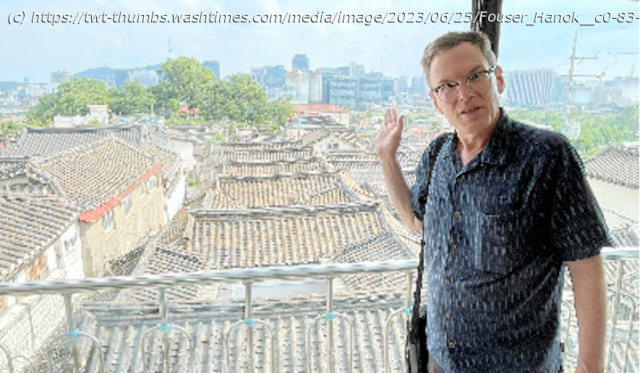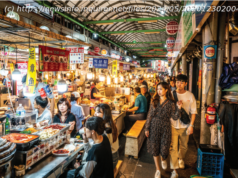Array
South Korea boasts thousands of years of history, but save for a few signature, heavily-restored sites like medieval palaces, tourists in Seoul have to dig deep to discover the capital’s architectural heritage.
Within living memory, the bulk of the city’s population lived in hanok, or traditional homes. These single-story, wood-framed, thatch- or tile-roofed cottages lined picturesque lanes, or golmok, granting Olde Seoul a timeless, uniquely Korean quality.
With much of the millennial, wealthy, wired capital now an international “Everycity,” that quality is gone.
Some districts were smashed in street fighting during the Korean War in 1950, but many were untouched. But the real architectural game-changer was post-war development.
As South Korea swiftly industrialized in the 1960s, 1970s and 1980s, rural dwellers flooded Seoul for work and vast swaths of old homes were bulldozed to make space for modern infrastructure. Population density necessitated endless blocks of high-rise apartments — convenient and comfortable, but aesthetically barren — which now dominate the cityscape.
The second wave of destruction — one that continues to this day — was sparked by democratization in 1987. Land owners vocally protested for their right to develop, even in areas noted for concentrations of hanok housing. The motive was profit: multi-story buildings are more remunerative for landlords.
While Seoul has preserved and updated monumental architecture — royal palaces and Buddhist temples — the heritage of ordinary citizens has been virtually obliterated, and Seoul’s historic hanok today teeter on the brink of extinction.
Into this vortex has stepped American Robert Fouser.
“Unless the real estate development mechanism loses power, it will keep building — which means destroying everything in its way,” Mr. Fouser said. “Seoul is going to end up a generic concrete jungle with no connection to Korean heritage or tradition.”
However, he sees hope in the rising generation of young South Koreans, a newfound appreciation of the country’s heritage, and in nascent changes to long-held investment practices.
American champion of Korean cottages
Mr. Fouser, 61, is an author and academic who divides his time between his home base in Rhode Island and stays in Japan and South Korea. His love for traditional Asian architecture was in the family.
“My father was in the U.S. occupation army in Japan,” he recalls. “He had studied draftsmanship, so was sent to Kyoto to do architectural drawings.”
Mr. Fouser’s father introduced Asian elements to his U.






